
EXHIBITORS 2026
JONDIX
JONDIX is a multidisciplinary artist working between London and Barcelona. Following architecture studies, he moved to fully dedicate himself to art. Tattooing for over 20 years, his work is atypical, blending esoteric concepts, geometries, buddhism, futurism and surrealism. Experimented painter, his work - abstract and surreal within nature, diverges from his tattooing, and further distinguishes his artistic identity. He has had a number of painting exhibits in London, New York, and most recently in Los Angeles in 2022 - year where he also published his book of illustrations, Estigma. He will now showcase his eclectic work in Paris, at the 2026 Mondial.
Aimee Cornwell
Nestled in the hills of Wales, Aimee is a tattoo artist and visual artist. The daughter of renowned tattooist Mark Cornwell, she stands out for her whimsical and ever-shifting style. Across disciplines, Aimee is noted for her meticulous attention to detail — at times mercurial — which has become her unmistakable signature. Her dedication and hard work have earned her recognition in tattoo magazines such as Things & Ink (a female-led tattoo culture publication) and Tattoo Masters (founded by the legendary Lal Hardy). This led to several prestigious exhibitions, including Quest of Beauty at the Kelvingrove Art Gallery and Museum in Glasgow, inspired by the world of Alphonse Mucha; the Contestarte painting competition organized by Andrea Pallochini; and a commissioned work for the National Maritime Museum of Cornwall. The Mondial du Tatouage will mark her first exhibition at a tattoo convention.
LE MONDIAL IN PHOTOS
This edition will be an opportunity to present a small anthology of the convention, seen through the lens of two devoted photographers.
CLAUDE BENCIMON
A photographer since 1986, he attended his first convention in 2008 and hasn’t stopped since. Combining his eye for artists at work and people immersed in the event, he has built a deeply human collection filled with genuine emotion. We will discover these “Humans of the Mondial,” from the 2013 edition to the most recent one.
ZOZIOS
An independent photographer, his travels to Japan (initially as a flight attendant) led to an analog photography book about the legendary tattoo master Horiyoshi III. He is always present at the Mondial, capturing portraits from his illuminated booth. He will share some of his iconic shots with us.
Japanese Prints of Tattooed Figures by Xavier Durand
The fascination with ornamental tattooing in Japan developed during the second half of the Edo period (1603–1868). Its aesthetic can be found in the woodblock prints produced throughout the 19th century. Featuring symbolic motifs inspired by nature, supernatural beings, legendary warriors, and religious themes, the great masters of ukiyo-e created an iconography that continues to inspire contemporary tattoo artists. The exhibition presents some of the masterpieces of this artistic heritage.
Tattoo Masters – Tribute to the Pillars of the 10th Art
“Tattoo Masters” is a collection of 25 watercolor paintings created in homage to the iconic masters of tattooing. Each piece captures the essence, legacy, and influence of the artists who shaped the tattoo world and inspired the generations that followed. Through his exhibition, Max Ghostar celebrates the visionaries who made tattooing a universally recognized art form.
Cristopher Mendez
Cristopher Mendez is a neo-traditional artist of Chilean origin, now based in Spain. He has always preferred to work with watercolors, from which his artistic vision has blossomed, both in painting and tattooing. His work is noted for its bright, solid colors, incorporatin Eastern and Art Nouveau inspirations to his neotraditional base. After illustrating posters for many conventions and exhibits around the World, his work will now capture the public's eye at the 2026 Mondial.
TATTOO MARKET


AZACHE
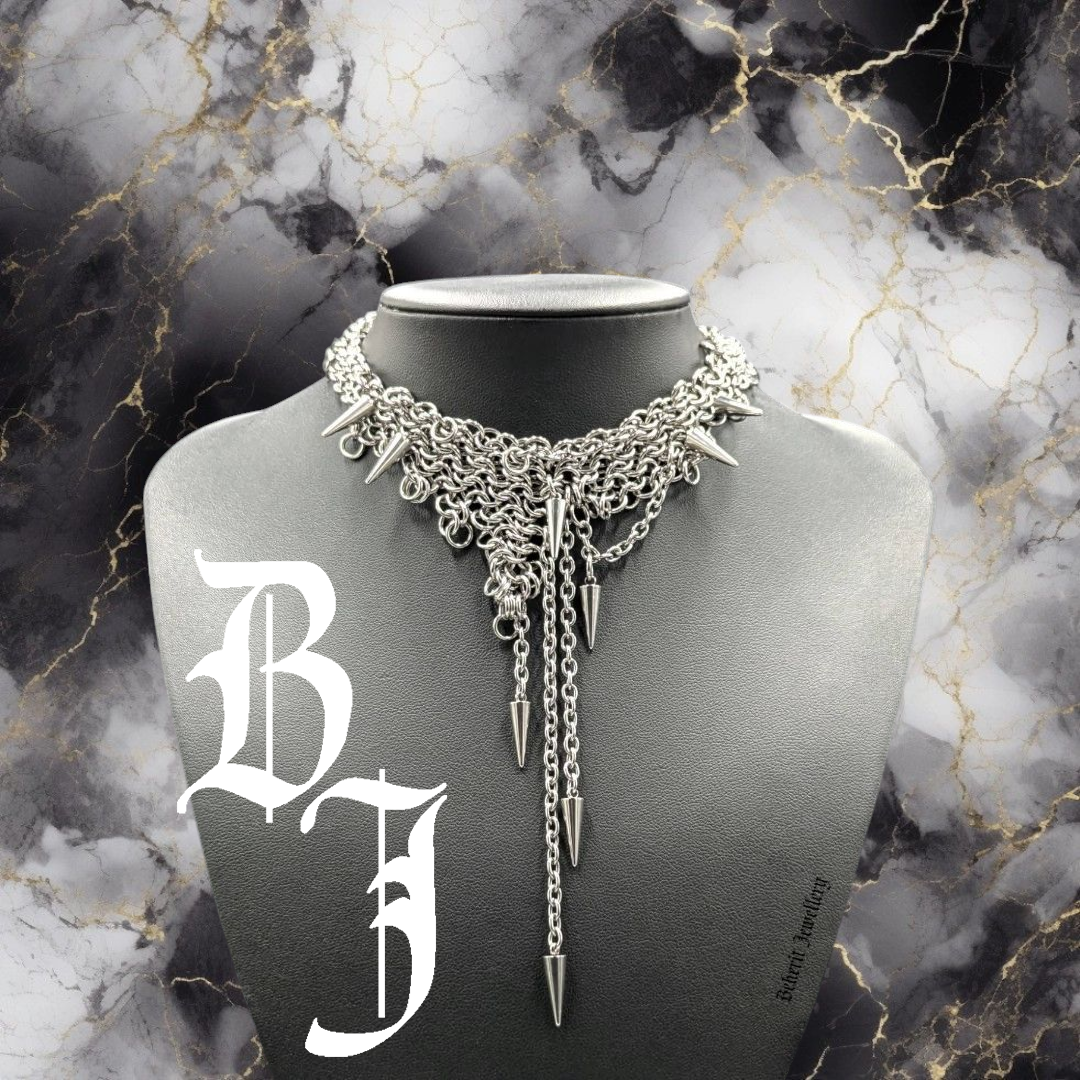
BEHERIT JEWELLERY
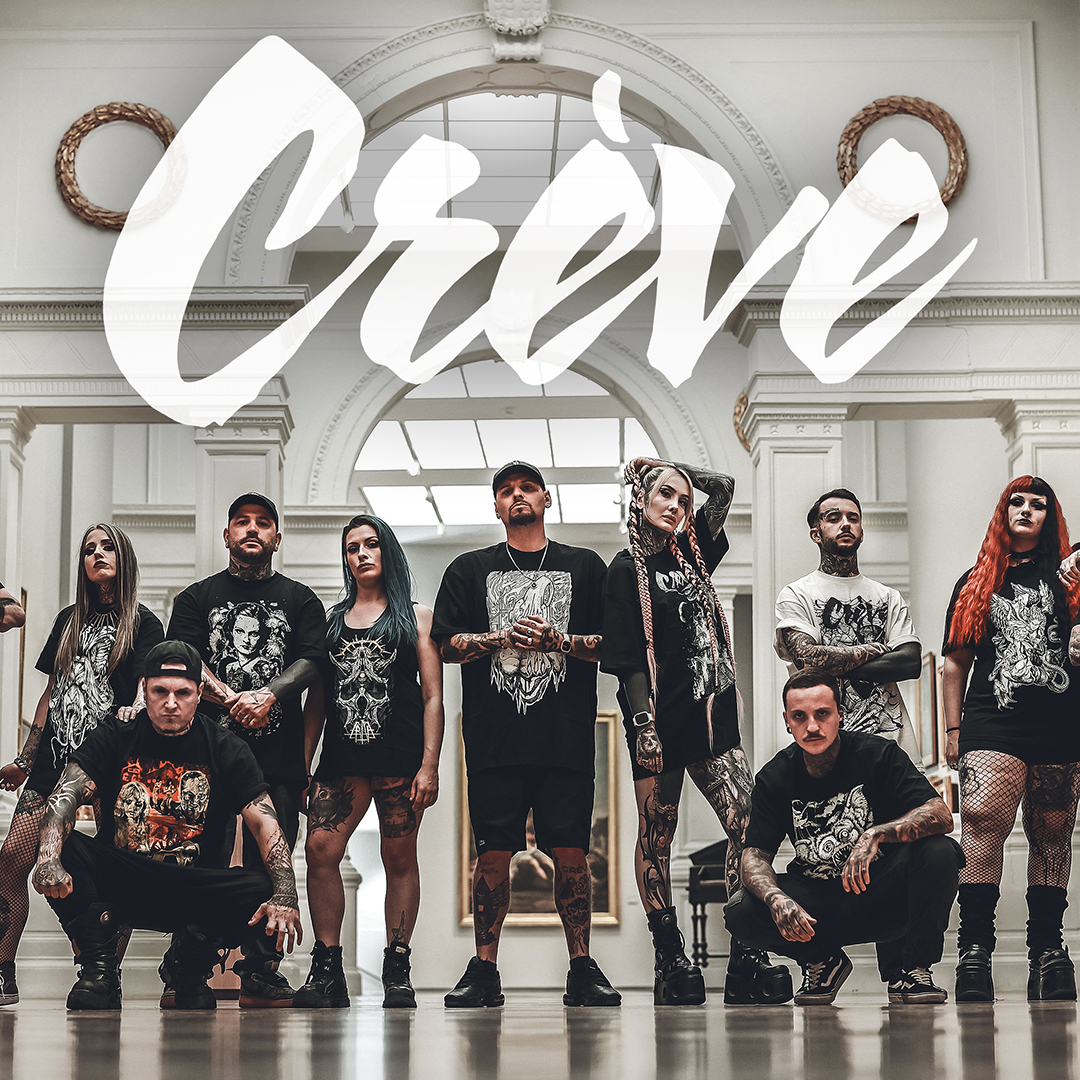
CRÈVE CLOTHING

CRYSTAL CANINE
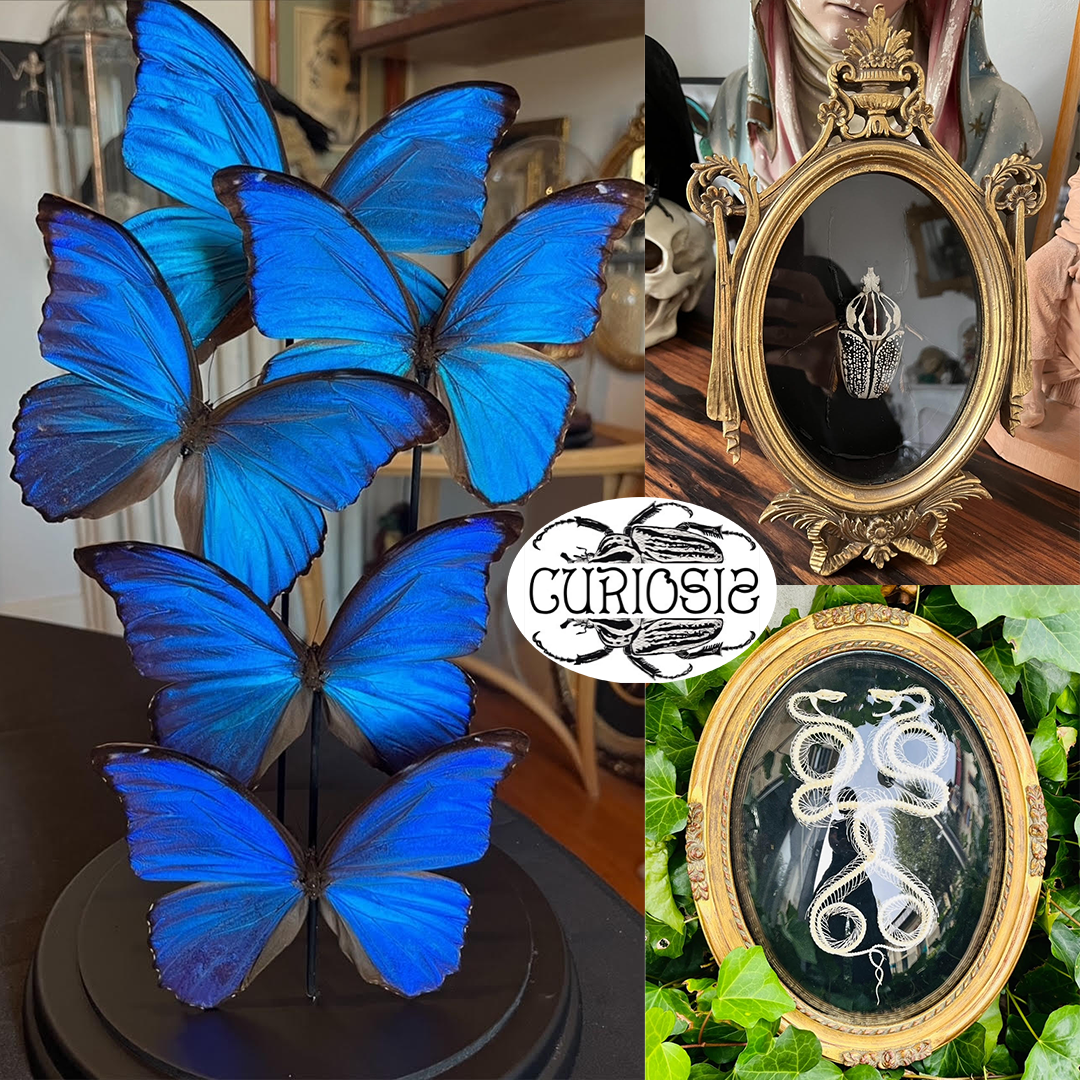
CURIOSIS
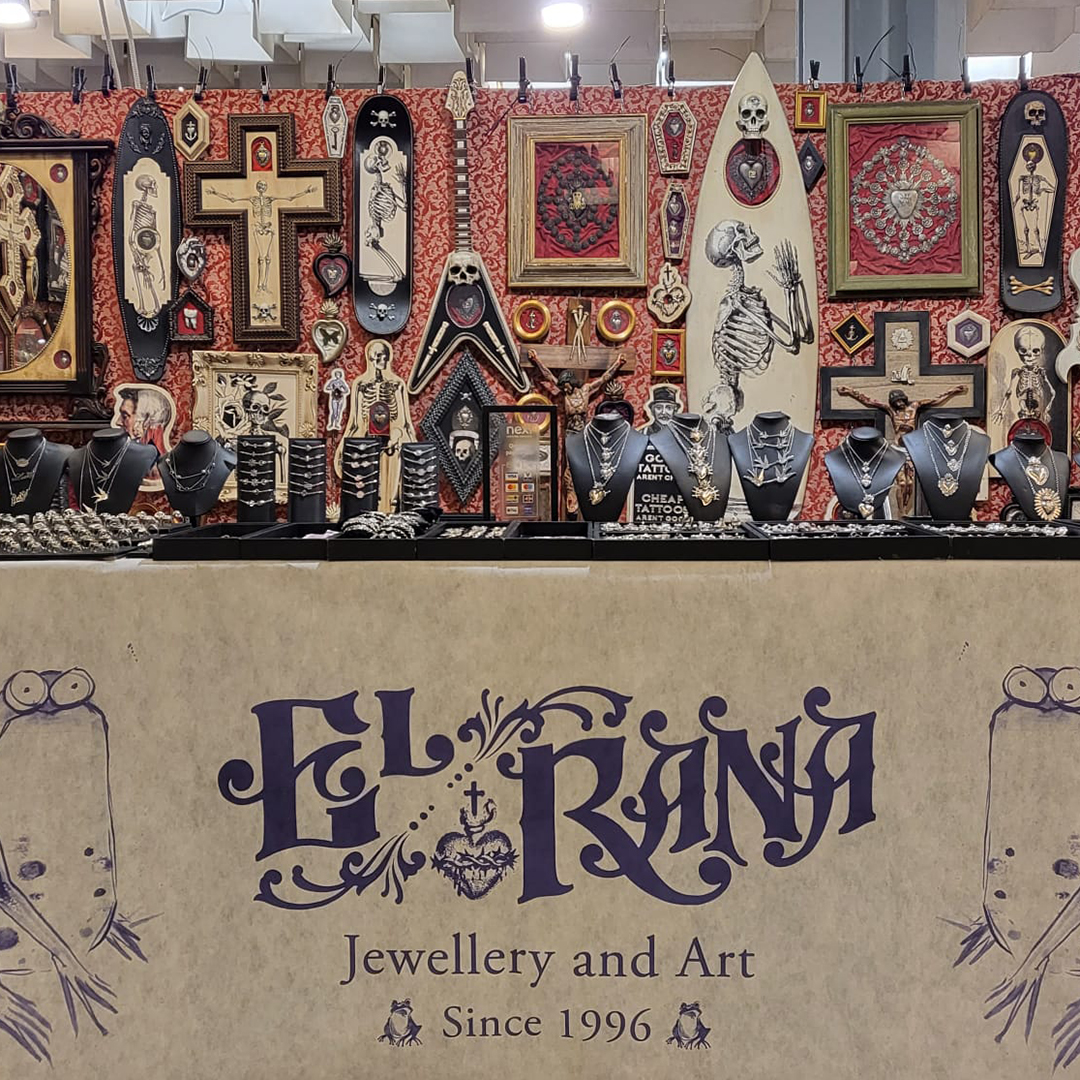
EL RANA
GREENITY
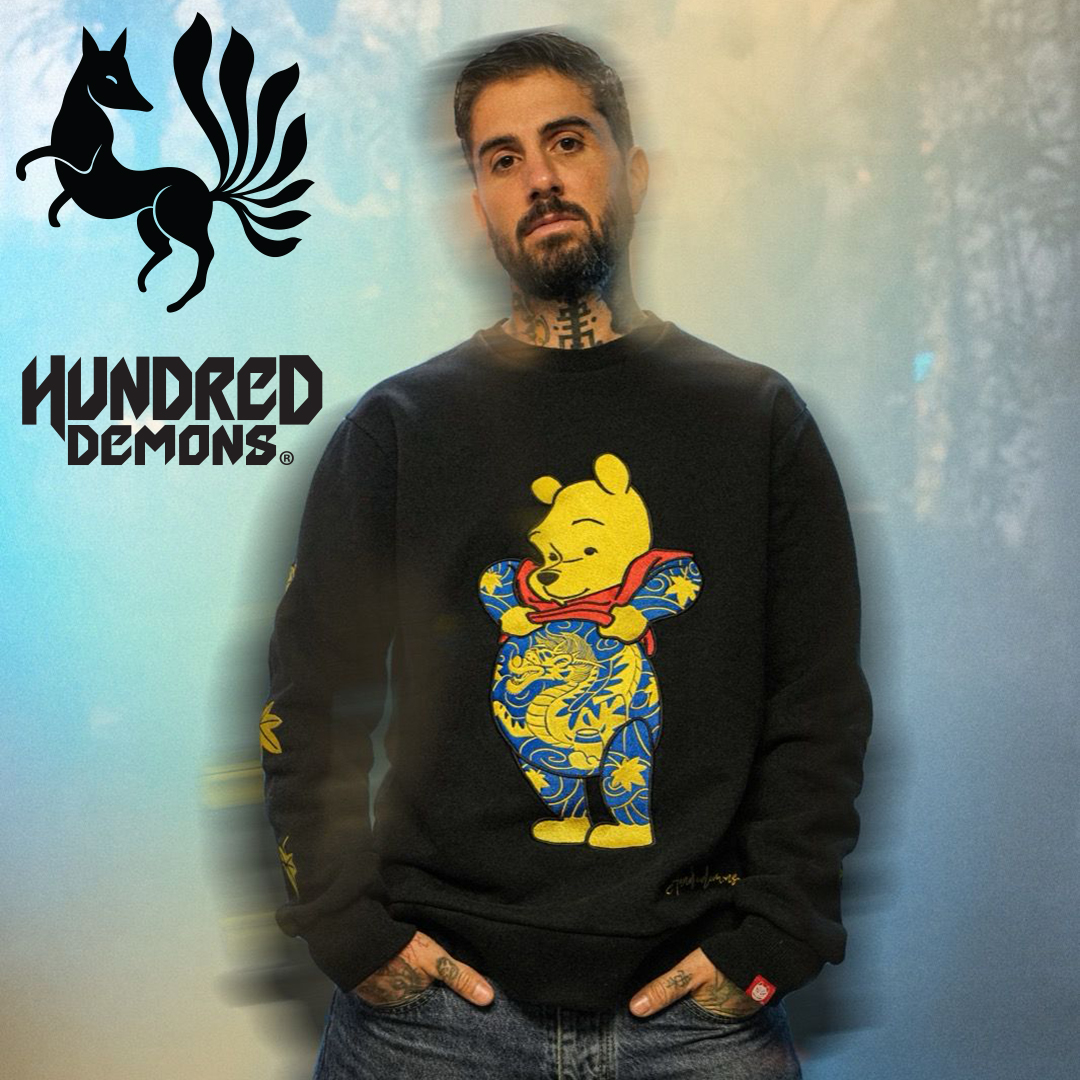
HUNDRED DEMONS
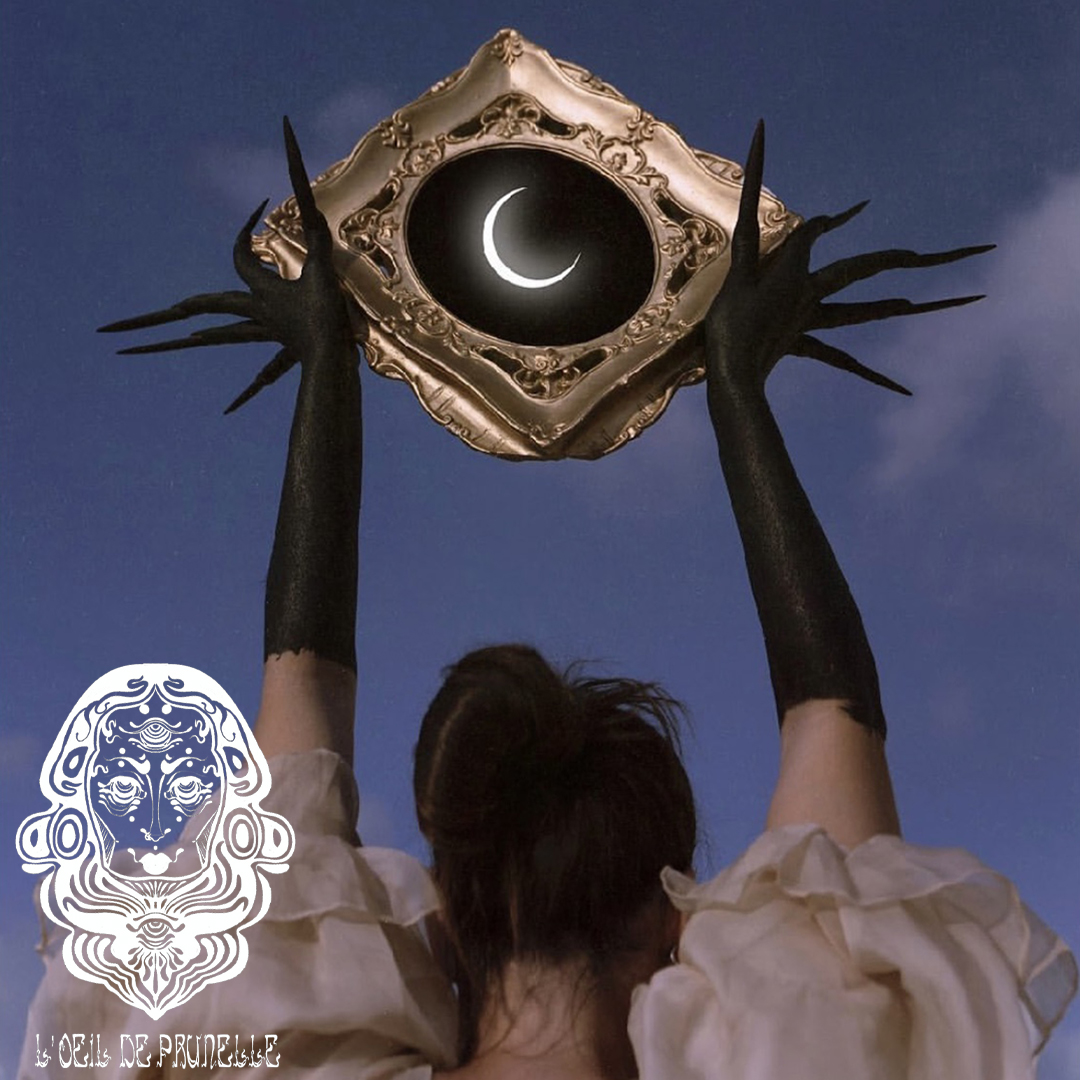
ŒIL DE PRUNELLE
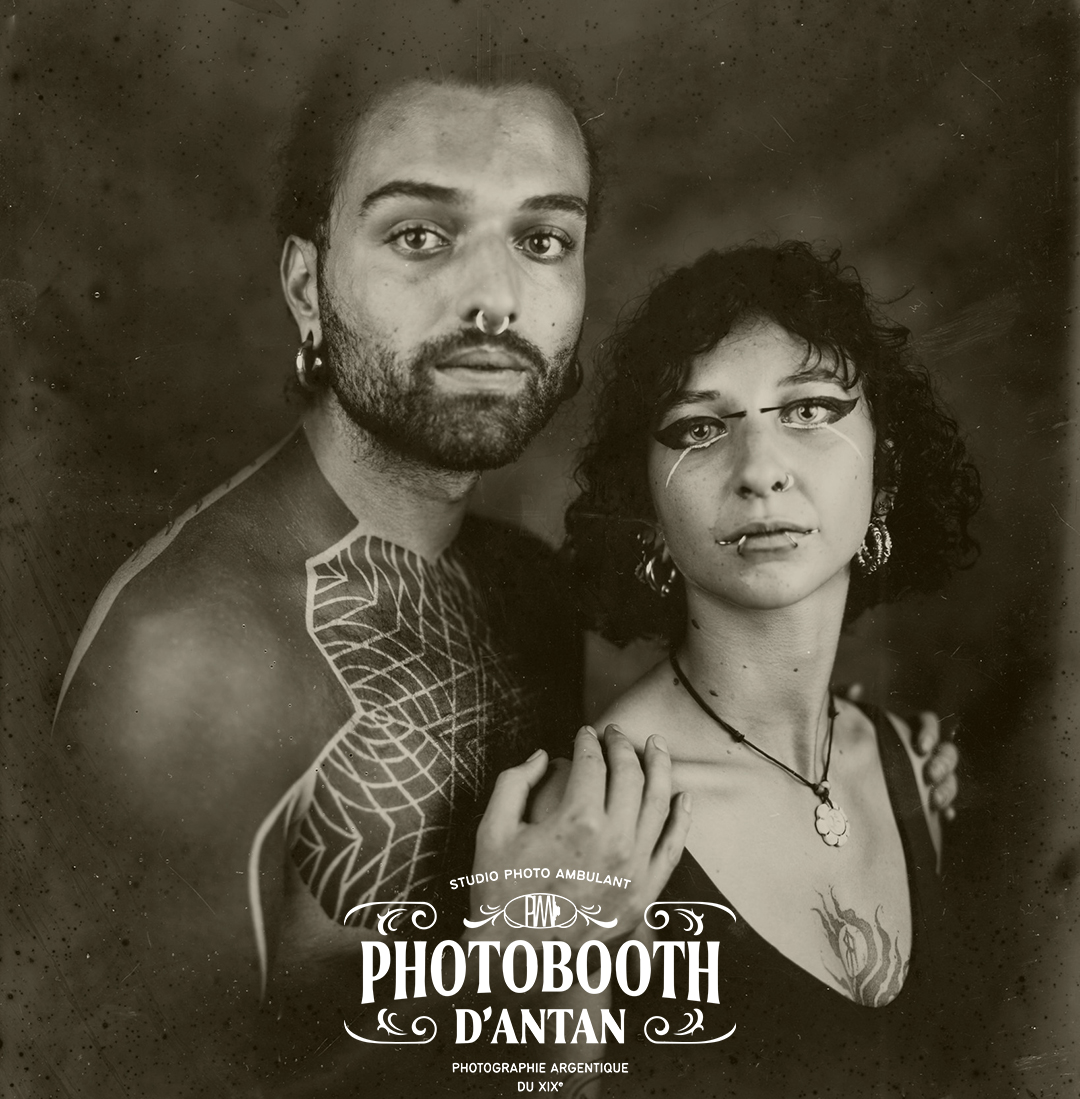
PHOTOBOOTH D'ANTAN
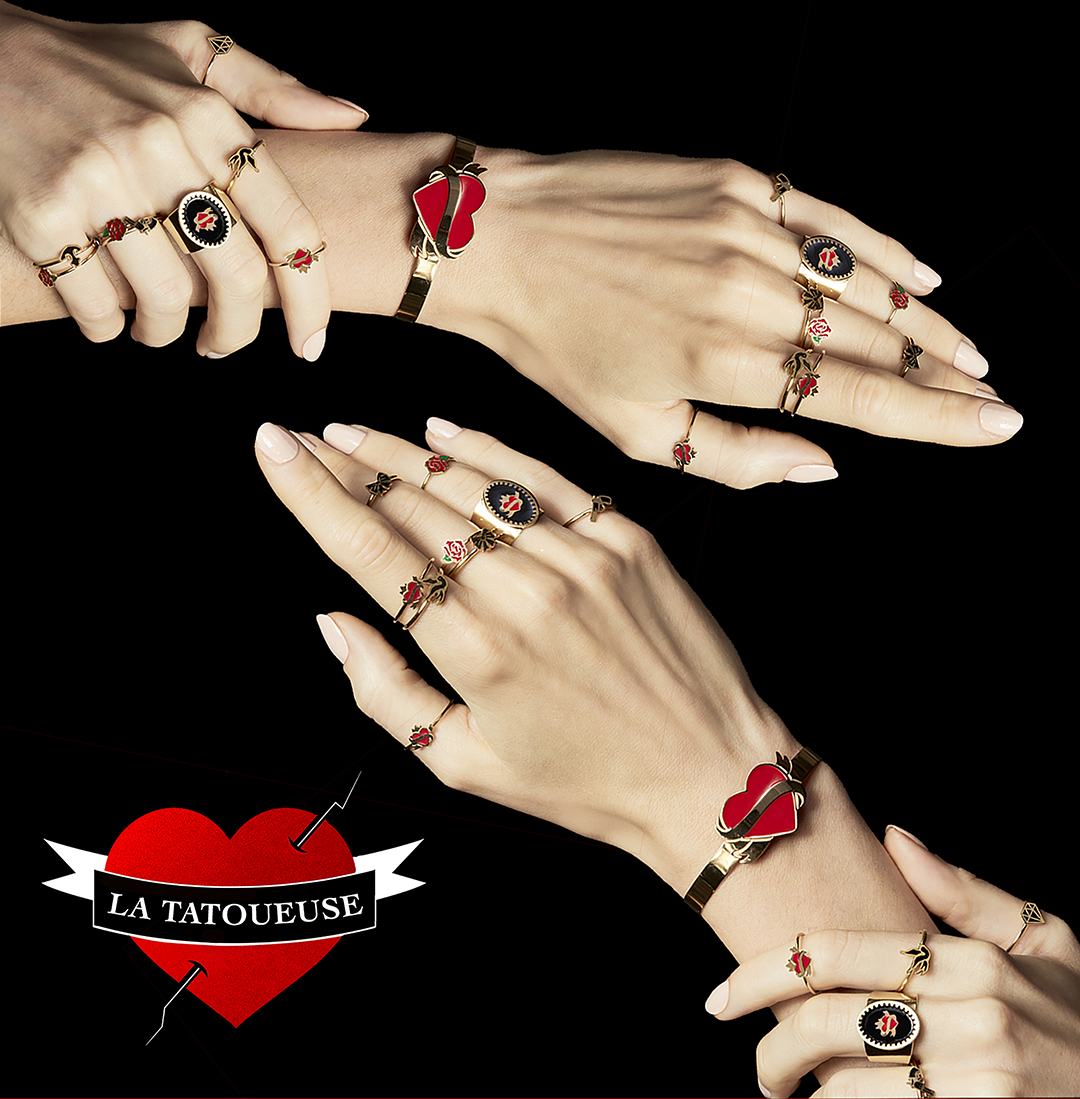
LA TATOUEUSE DE BIJOUX
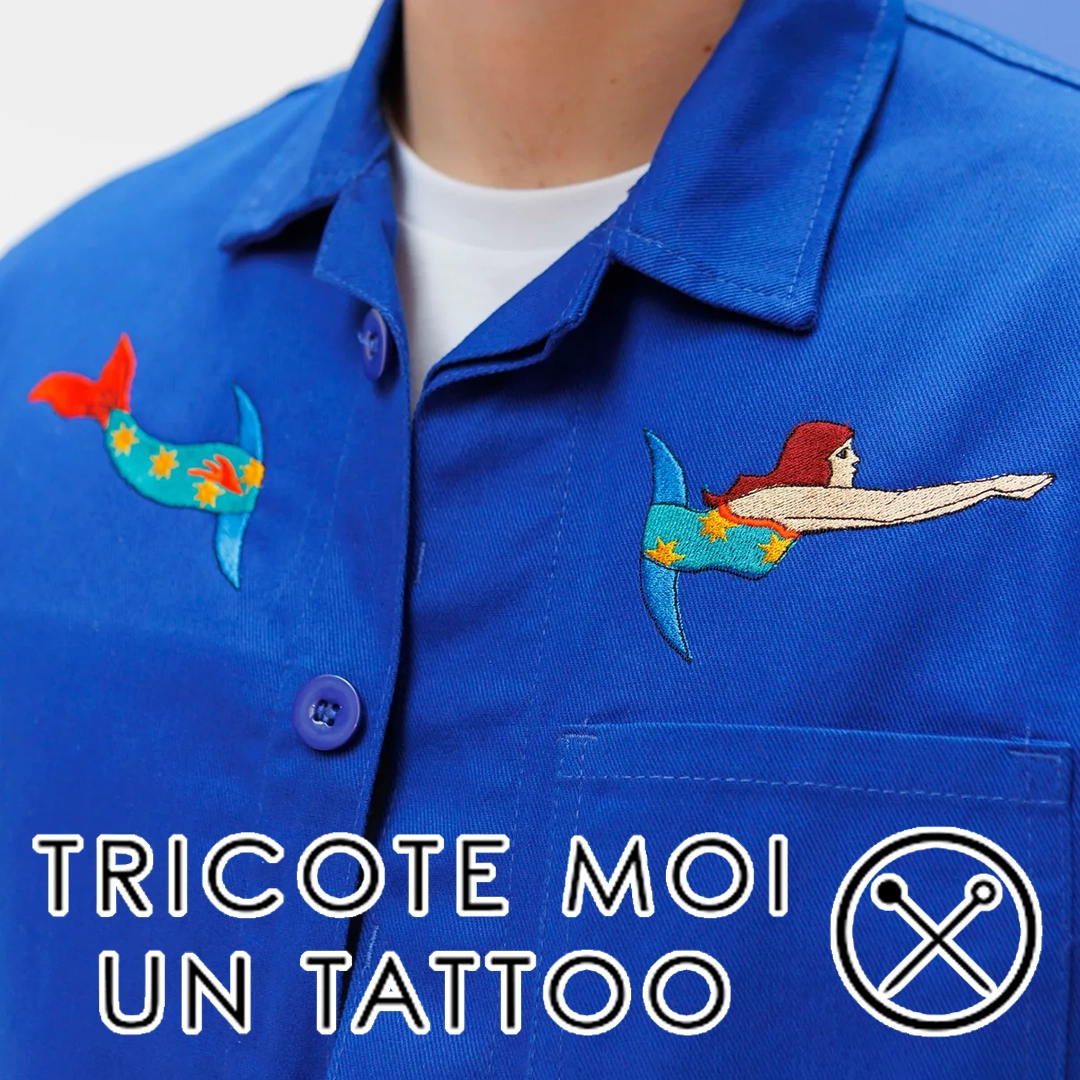
TRICOTE-MOI UN TATTOO

ZOE PEAU DE VACHE
TATTOO CARE
AND PRO SUPPLIERS

AVENE

CHEYENNE

EMILLION IRONS

DERMALIZE

FINELINE TATTOO CARTRIDGES

HORNET ART
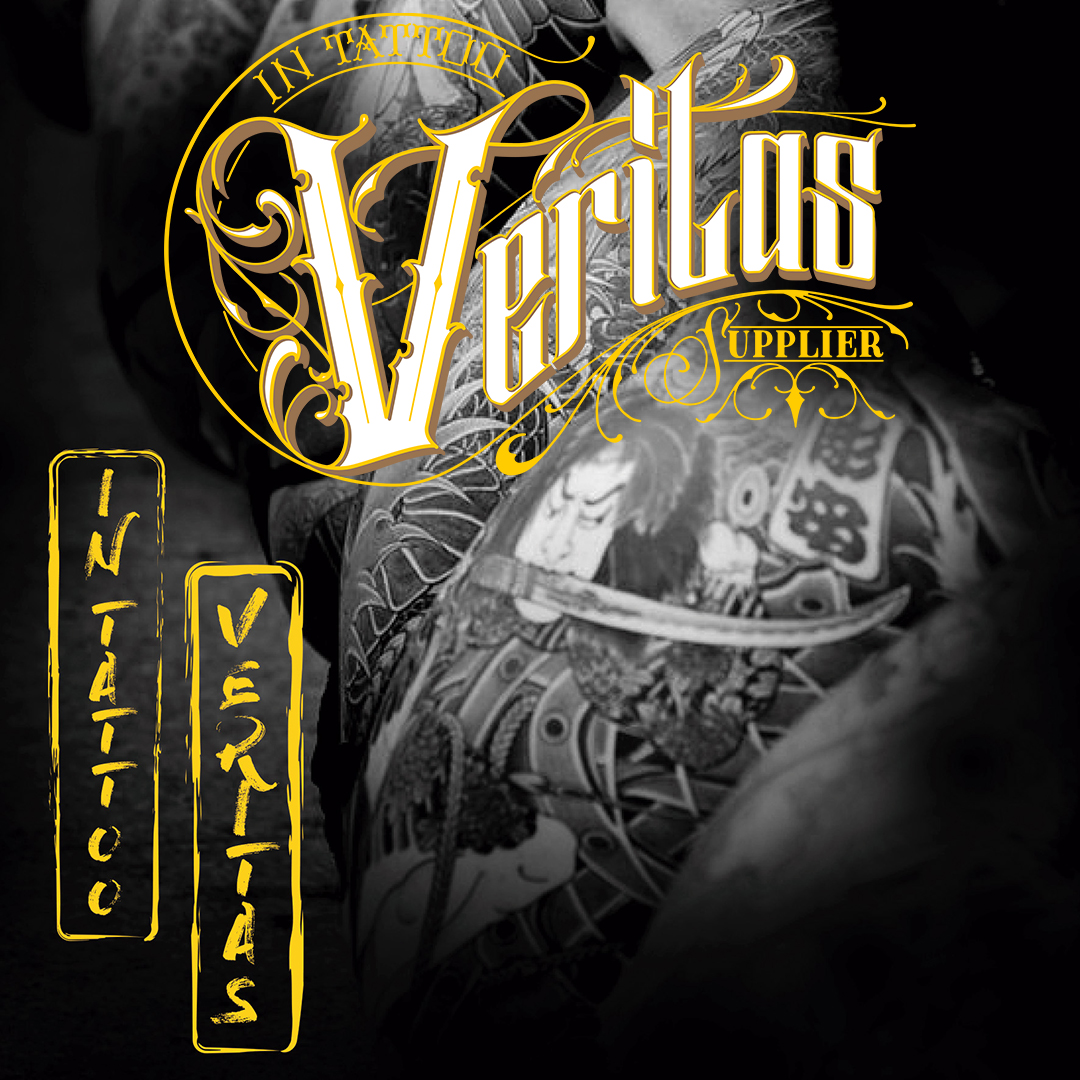
IN TATTOO VERITAS

INK ACCESSORY
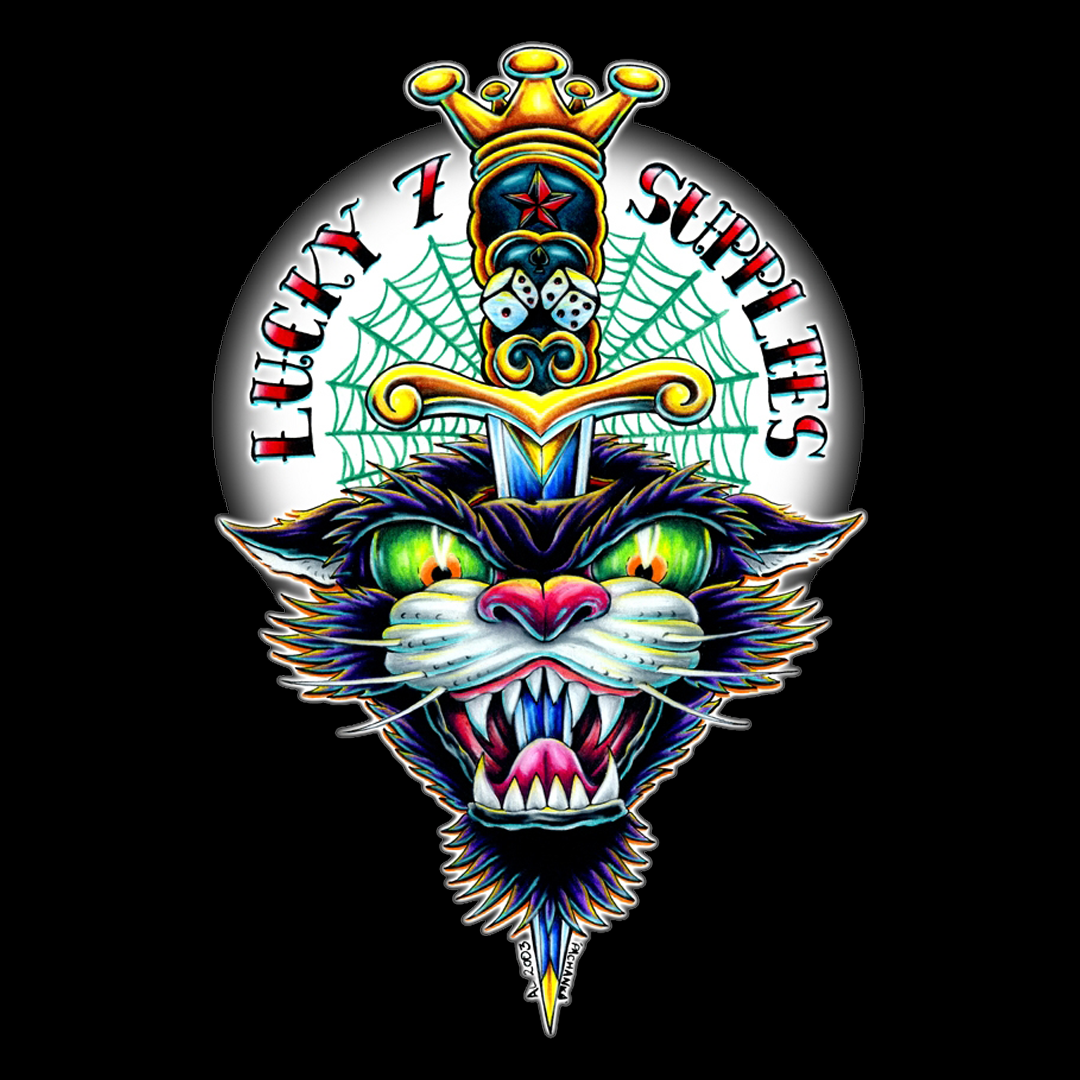
LUCKY SEVEN

ALLEGORY INK

CAM TATTOO SUPPLY
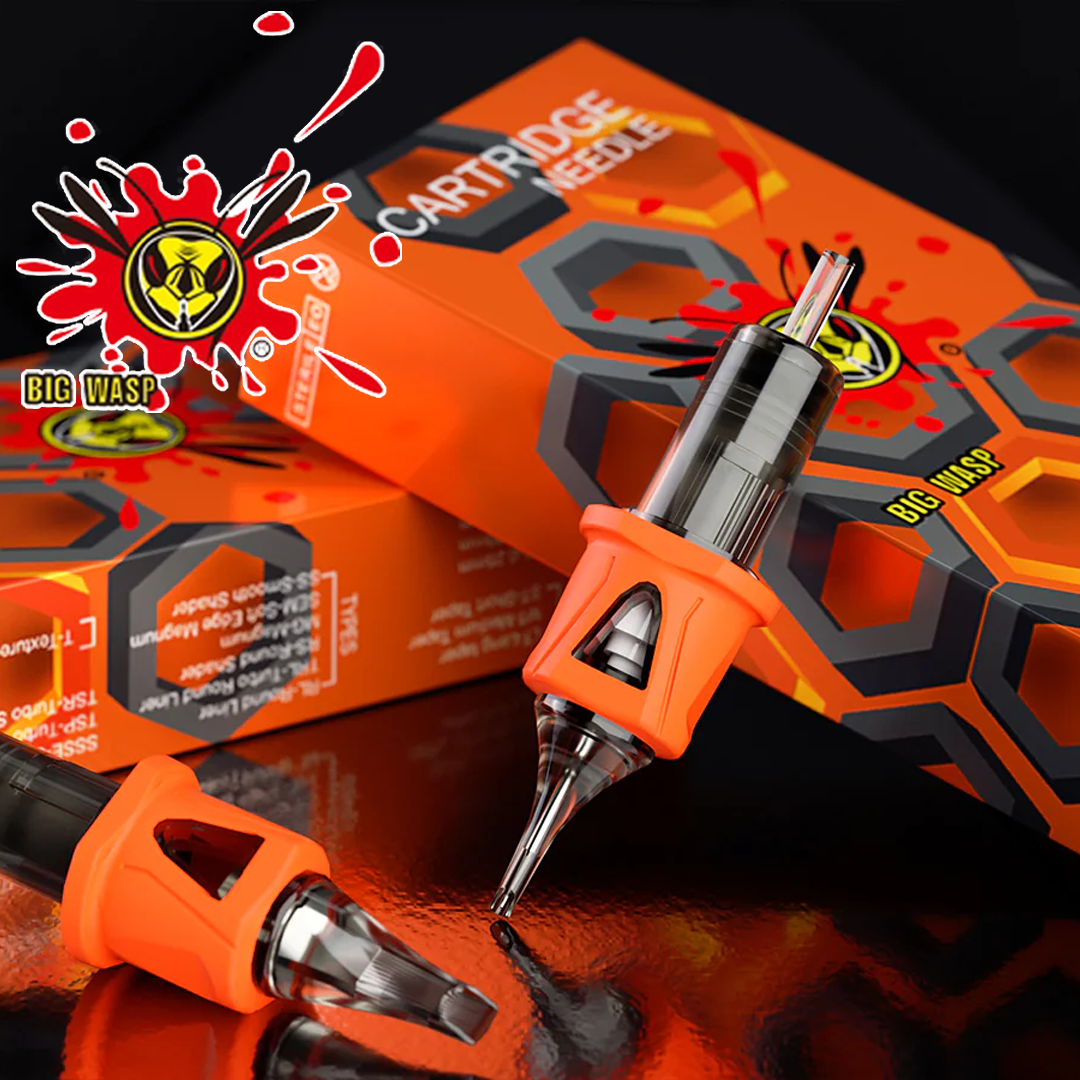
BIG WASP
PARTNERS
CHARITY
FOODTRUCKS

KRISPY KOREAN CHICKEN

SUKHUMVIT

SAVANE ET MOUSSON

A LA TÊTE DU CLIENT

TOTIN

LA CALLE SÈCHE







